Description
Bigtrak is a programmable toy electric vehicle created by Milton Bradley in 1979, resembling a futuristic Sci-Fi tank / utility vehicle. The original Big Trak was a six-wheeled (two-wheel drive) tank with a front-mounted blue “photon beam” headlamp, and a keypad on top. The toy could remember up to 16 commands, which it then executed in sequence. There also was an optional cargo trailer accessory, with the UK version being white to match its colour scheme; once hooked to the Bigtrak, this trailer could be programmed to dump its payload.
In 2010, BIG TRAK was relaunched in the form of a slightly modified replica (cosmetically very similar to the original UK bigtrak), produced under licence by Zeon Ltd. There is also a small dedicated Internet community who have reverse engineered the BIG TRAK and the Texas Instruments TMS1000 microcontroller inside it.
The US and UK/European versions were noticeably different. The US version was moulded in gray plastic and labelled “BIG TRAK”, while the UK version was white and labelled “bigtrak” with a different keypad.
The US version had Revision C, D, and E motherboards, while the UK/European had Revision L and so on.
The Soviet Lunokhod and Planetokhod
Elektronika IM-11
In the Soviet Union, a clone was made under “Elektronika IM-11” designation. The early production version was named Lunokhod after the Lunokhod programme. It featured an obstruction sensor disguised as a plastic front bumper, which would stop the program when the toy got stuck. However, there was no provision for an accessory, and its motion sensor was based on a cheaper reed switch instead of an opto-isolator. A later version, named “Planetokhod,” additionally featured a shootable rotor blade as an accessory, LED head and rear lamps, and the on/off switch was relocated to the rear side. A Soviet popular science journal Nauka i Zhizn published a detailed article on the IM-11.
The Zeon Ltd replica
Zeon 2010 Bigtrak – no stickers affixed.
In 2010, Zeon Ltd released a replica of the original toy. The colour and graphic scheme are based on the UK version and all stickers have been redrawn as a direct copy of the original artwork. However, the replica differs in several ways from the original. 1) The circular hatch on the original was removable, to allow access to the 9v battery powering the electronics. On the replica, this hatch is fixed shut as the 9v battery is no longer used. 2) The main electronics circuit board is completely different, with surface-mount components and a different processor chip and software. 3) Motor rotation is detected by rotating magnets fitted to the motors, and hall-effect detectors on the circuit board – the original used optical detectors. 4) The original used an incandescent light bulb; the replica uses an LED. 5) The original used 4 x ‘D’ cell batteries and a 9v PP3 battery; the replica just uses 3 x ‘D’ cells. Since the initial release of the replica, a second version has been introduced, the differences being in the test program and the power switch. Version 1 has a single-position power switch, either on or off, whereas version 2 has a 3-position power switch, centre off, forward for use on carpets, back for use on smooth floors. This affects the stall-detection in the electronics, as the original version seems to have been designed to run on smooth floors, and easily stalls when attempting to turn on carpet. The test program for version 1 runs the unit forwards, pauses, then runs backwards; in version 2, the model runs forward, then turns 180 degrees, runs forward again, then backs up a little.
The Bigtrak Rover
A new model, the Bigtrak Rover, is scheduled for release by Zeon Ltd in late 2014. This model is based on the Junior chassis. “Robotics go back to the future with the retro looks of smash-hit 80s toy Bigtrak working together with high-tech smartphone technology. Now you can have your very own mini Bigtrak robot controlled by your smart device. Rover’s on-board camera streams live video from his field of view, directly to your computer, tablet or phone. Bigtrak Rover uses contactless technology to go exploring. He will go forwards, backwards and spin both clockwise and anti-clockwise. Cones are included for orienteering fun. Bigtrak Rover can be controlled by simply downloading a free App from the App Store or Android Marketplace and then follows commands from your iPhone, Android device, PC, Mac or tablet. Bigtrak Rover does not draw any power from your smartphone, and does not require Bluetooth or Wi-Fi connectivity.”
The Bigtrak XTR
The Bigtrak XTR was intended for release in 2012 but has not yet launched as of January 2020. It is an updated version of Bigtrak, its form based on the Bigtrak Jr with the ‘cockpit’ modified to be much smaller and streamlined. It can be controlled remotely using a computer, iOS, or Android device. The controls for the iOS / Android version allow for either tilting control or touch control.
A foldable tray hides and protects the keypad from accidental input. The tray also functions as a cargo area that can detect an object placed on it. The Bigtrak XTR has two ports for optional accessories, one on the top and one on the front. The accessories are: Camera (XTRcam), computer communication module (XTRCom) that also allows another accessory to be plugged to it, light (LightBar), Infrared emitter (IRGun), and projectiles (XTRMissile). The camera can track an object.[7]
The Dubreq desktop version, Bigtrak Jr
Dubreq Ltd under license from Zeon Ltd has released a 190mm long desktop version of the Bigtrak toy called “Bigtrak Jr”. Like the original Bigtrak from the 1970s, it has an active accessory port for accessories including a rocket launcher (as an active accessory) and a drinks can carrier (as a passive accessory).

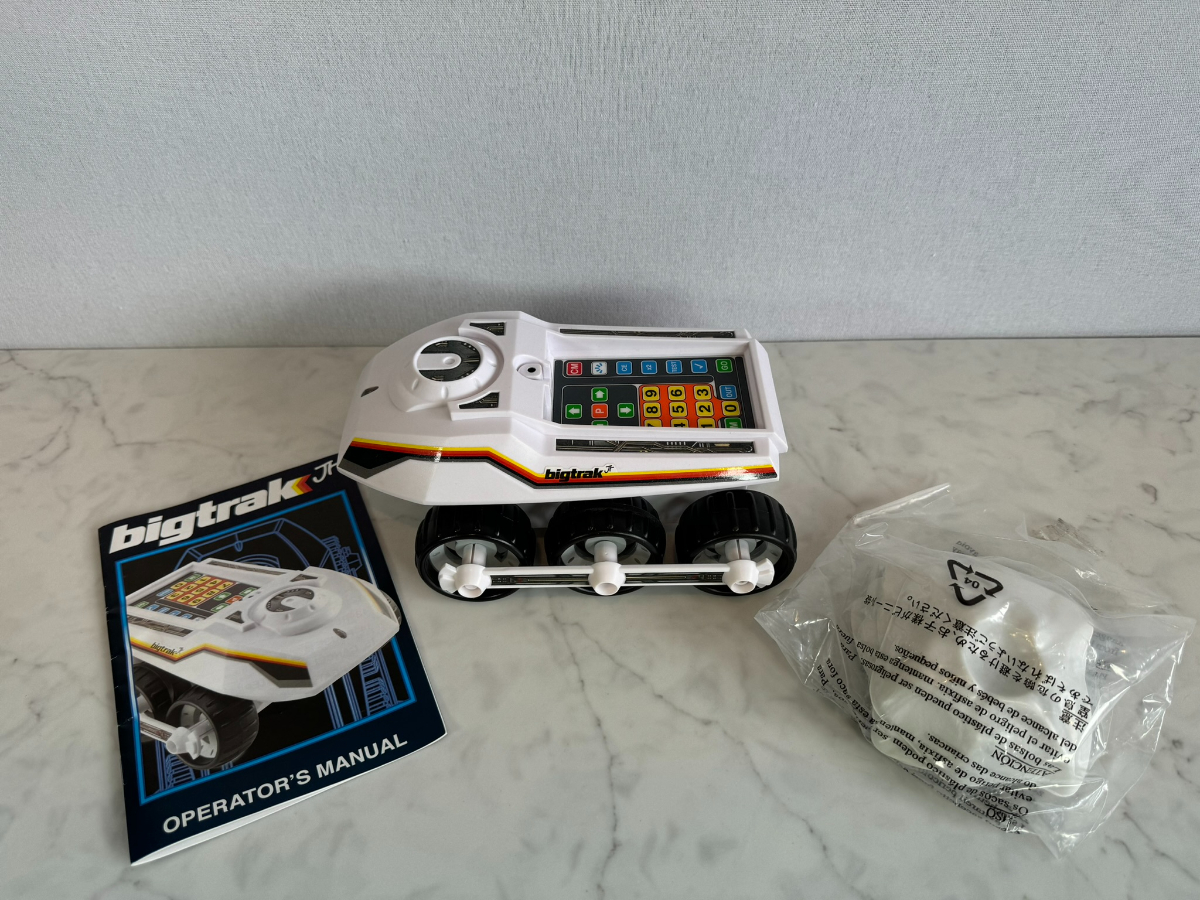


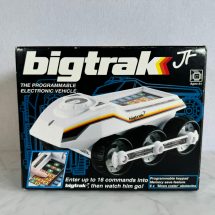
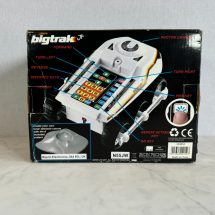
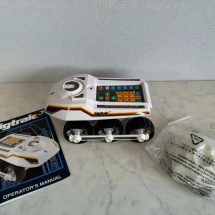




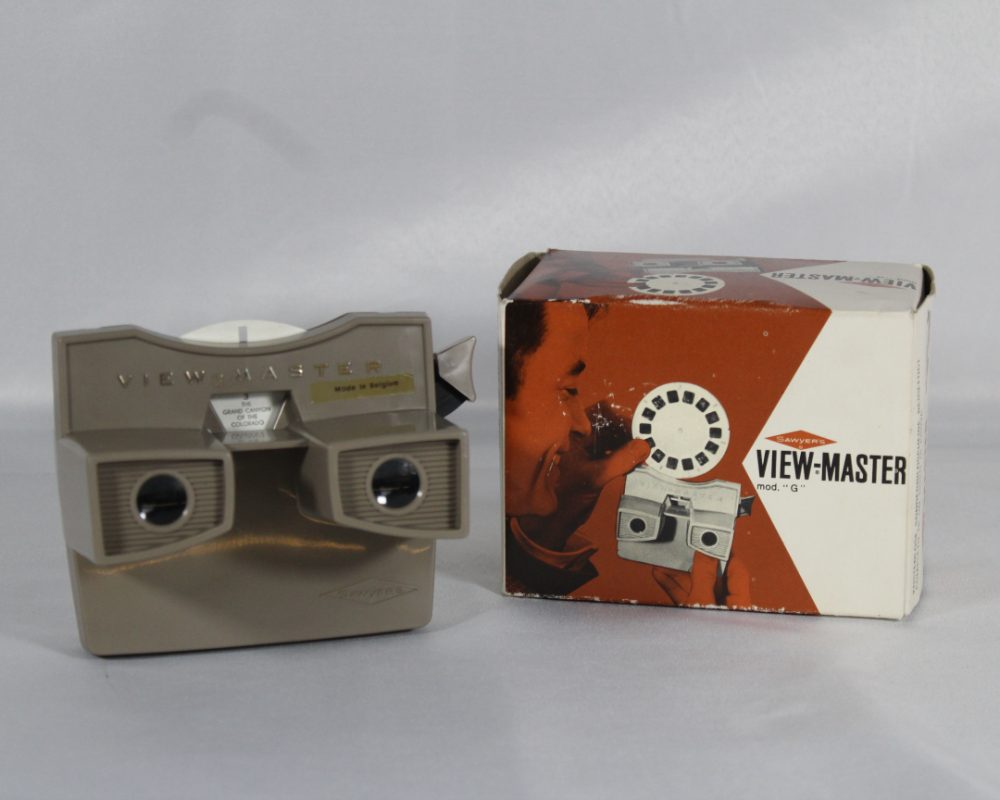







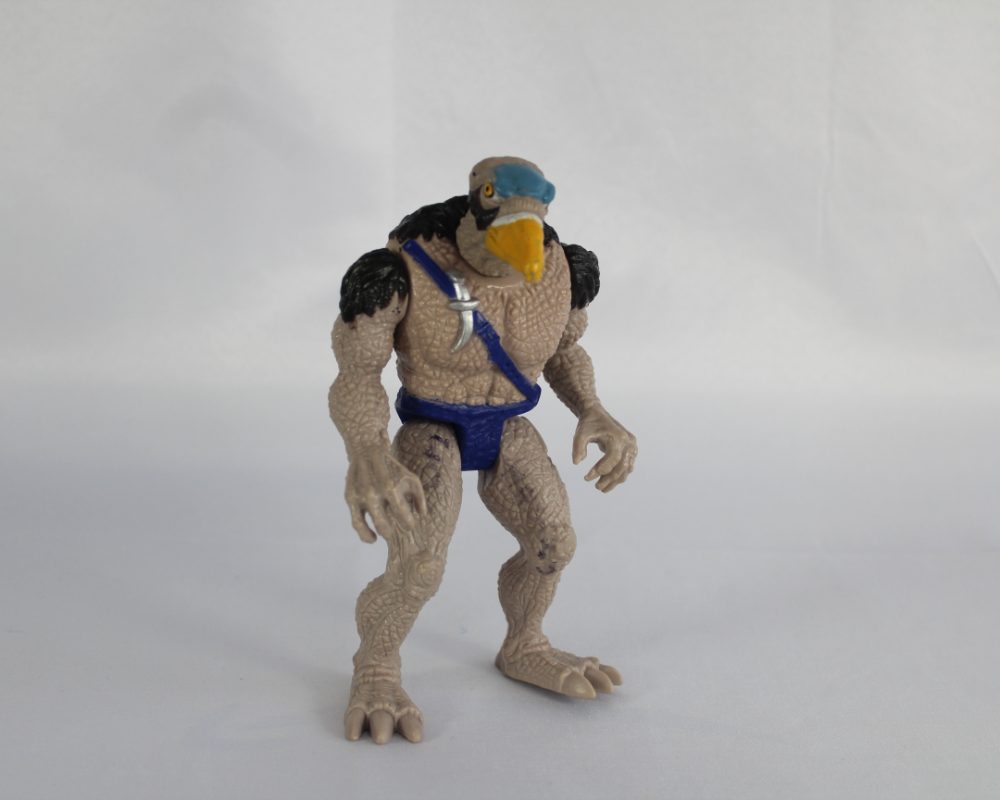


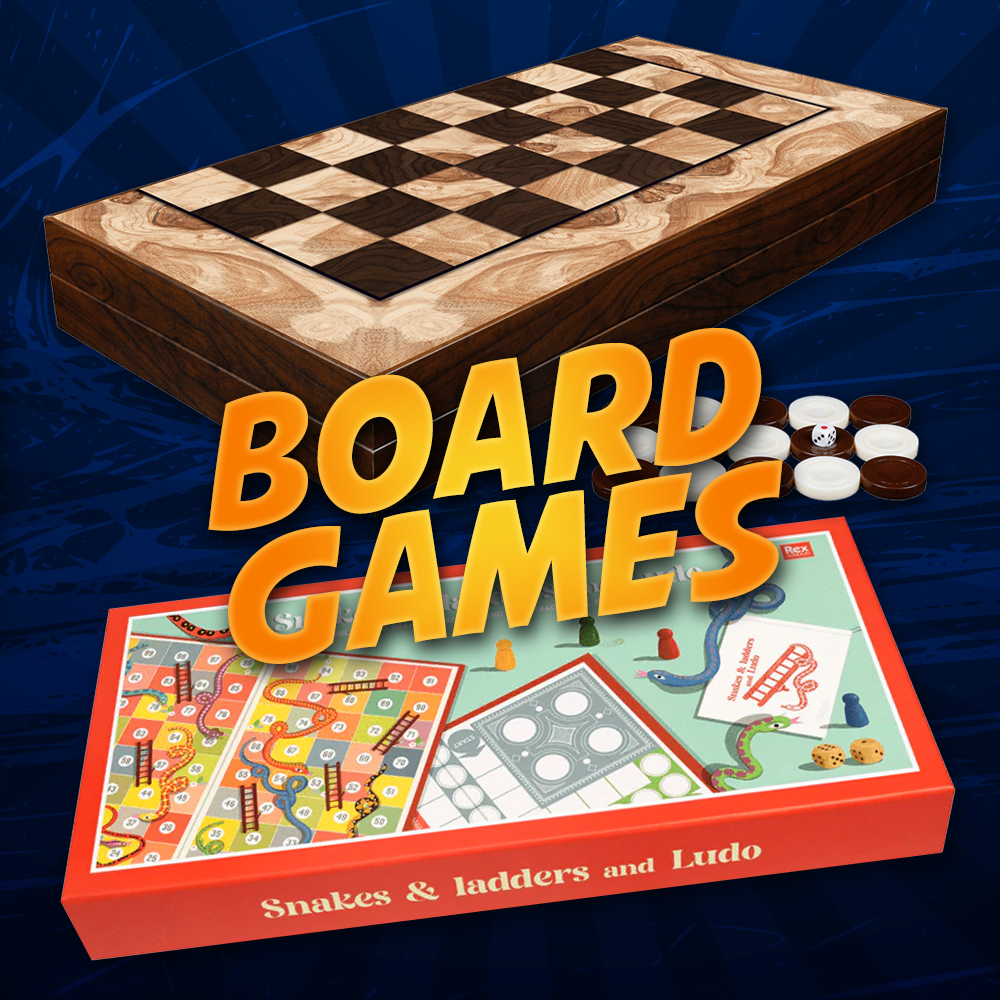







Reviews
There are no reviews yet.